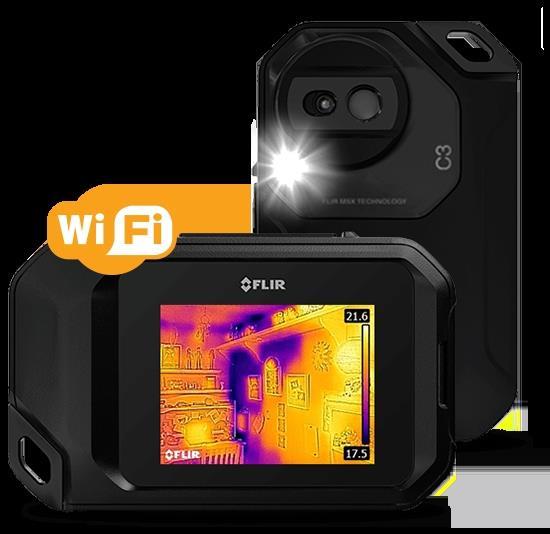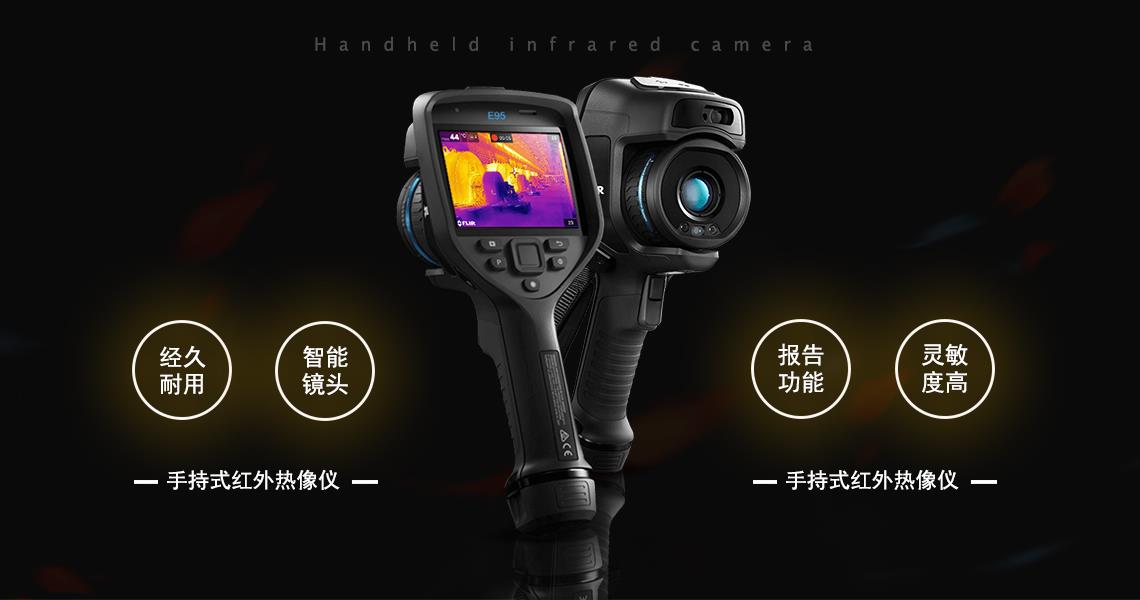Field of view:
The field of view is the abbreviation of the field of view of optical system. It represents the range of space that can be imaged in an optical system like a planar field of view, when the target is located in a cone with an axis of light and the top corner is a field of view (any point within a certain distance), which can be discovered by an optical system, that is, in an optical system like a plane's field of view aperture. The large angle of the space in which an object can be imaged in a thermal imager is called the field of view.
Spatial resolution:
The ability of the thermal imager to distinguish the shape of the target space. In the industry, it is usually represented by the size of the Mrad (milliwatts). The smaller the value of the mrad, the higher its resolution. The Radian value multiplied by the radius is approximately equal to the chord length, that is, the diameter of the target. The resolution of the 1.3 mrad means that an object of 13 cm can be distinguished at a distance of 100m.
Temperature resolution:
Temperature resolution refers to heatInfrared Thermal Imaging CameraThe temperature of the target radiation can be accurately distinguished from the background. The performance indicator is usually expressed using NETD (noise equivalent temperature difference), and the smaller the NETD, the higher the temperature sensitivity.
Spectral response:
The response of the infrared detector to the incident radiation of each wavelength is called spectral response. The response wavelength of the general thermal Imager is 8~14μm.
Display Recording method:
Display recording means that you can support display devices and how data is logged. Thermal imaging cameras can use PC-side software to control observations or connect directly to the display, as well as to save pictures, videos, and temperature data.
Frame frequency:
Frame rate is the number of images of the thermal imager producing a complete image per second, in Hz. Most frame frequencies are 25Hz.
Detection recognition and identification distance:
The detection distance is the criticality that can clearly separate the target from the background and some of the noteworthy objectives; The identification distance is the distance that the target of the probe can be roughly separated from the species, such as the vehicle or the ship; and the identification distance is a subdivision based on the different types, such as whether the vehicle is a tank or a car.

Related Industry Knowledge
- Three resolution of the thermal imaging camera
- The application of Fluke thermal imaging camera in architecture
- Techniques for measuring Infrared Thermal Imager
- What are the advantages of thermal imaging cameras?
- Do you know how thermal imaging cameras work?
- How to choose an on-line thermal imaging camera
- Composition and Characteristics of thermal imager
- Wide application of infrared thermal imaging camera
- What are the applications of thermal imaging cameras in the electronics industry
